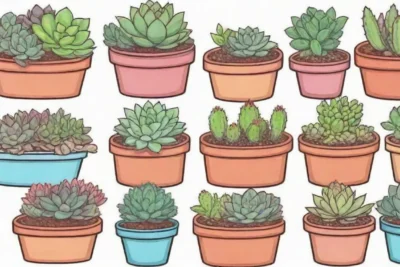
Growth Conditions: Temperature, Light, and Moisture for Success
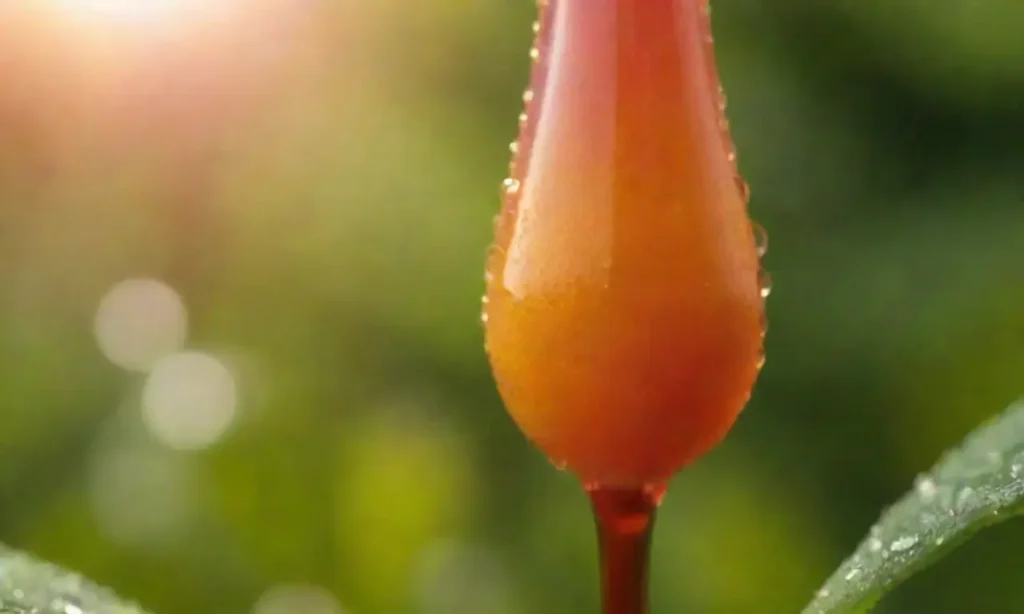
Introduction
When it comes to plant growth, understanding the fundamental conditions that foster healthy and vigorous development is critical. Three of the most crucial factors influencing plant health are temperature, light, and moisture. Each of these elements plays a pivotal role in photosynthesis, nutrient absorption, and overall vitality. Properly managing these conditions can enhance the quality of your plants, whether they are in a garden, greenhouse, or indoor setting.
In this article, we will delve deeply into these three growth conditions, elucidating their importance and the intricate relationships they share. We will explore how they affect plant behavior, the optimal ranges for plant species, and practical tips for achieving the best results. By the end of this article, you will have a comprehensive understanding of how to create an optimal environment for plant growth success.
Temperature: The Foundation of Plant Growth
Temperature is one of the most vital aspects of plant health. Plants are poikilothermic organisms, meaning their metabolic processes and growth rates are heavily dependent on the surrounding temperature. The ideal temperature range varies significantly among different species, but most plants thrive in temperatures between 65°F to 75°F (18°C to 24°C).
The Effects of Temperature on Photosynthesis
Plants engage in photosynthesis, the process by which they convert light energy into chemical energy, predominantly in the presence of chlorophyll within their leaves. The optimal temperature for photosynthesis is typically between 70°F to 85°F (21°C to 29°C). Within this range, enzymatic activity is heightened, leading to increased photosynthesis rates. Conversely, if temperatures rise beyond the optimal range, the photosynthetic process can slow down or become inefficient. High temperatures can denature proteins and enzymes, leading to decreased growth rates or even plant stress.
Adaptations to Temperature Extremes
Understanding how plants adapt to temperature extremes can significantly improve your gardening or farming practices. Some plants demonstrate thermoresistance, a physiological adaptation that allows them to survive high temperatures. These plants often possess protective mechanisms such as thick leaves, waxy cuticles, and drought-resistant features. Conversely, cold-sensitive plants may struggle when exposed to chilly climates unless they are strategically placed in warmer microenvironments or provided with additional warmth, perhaps through greenhouses or heat mats.
Managing Temperature in Artificial Environments
In controlled environments, such as greenhouses, monitoring and regulating temperature is crucial. Utilizing tools such as thermostats, shade cloths, and heat lamps can help modify temperature conditions to keep plants within their optimal range. It's also essential to maintain good airflow and ventilation to prevent the buildup of excessive heat, especially in regions that experience a substantial increase in temperature during the day.
Light: The Energy Source
Light is indispensable for plant growth, as it serves as the primary energy source for photosynthesis. Plants utilize light, primarily in the blue (450–495 nm) and red (620–750 nm) regions of the spectrum, to manufacture their food. The intensity, duration, and quality of light can notably impact plant development.
 Top 10 Propagation Methods for Your Favorite Succulent Species
Top 10 Propagation Methods for Your Favorite Succulent SpeciesTypes of Light Sources
There are two main types of light sources: natural and artificial. Natural light varies based on geographic location, season, and time of day, whereas artificial light sources, such as LEDs and fluorescent lights, can be tailored to meet the specific needs of plants. For instance, full-spectrum LED grow lights can mimic natural sunlight and can be adjusted for intensity and duration according to the plants’ requirements.
Understanding Photoperiodism
Photoperiodism refers to a plant’s growth response to the duration of light and darkness it receives in a 24-hour period. Depending on their photoperiodic preferences, plants can be classified as short-day, long-day, or day-neutral plants. Short-day plants, like chrysanthemums, require longer periods of darkness to produce blooms, while long-day plants, like spinach, require shorter nights to initiate flowering. Understanding these preferences is essential for promoting healthy blooming and fruiting in your plants.
Managing Light in Cultivation
To ensure optimal light conditions, it's crucial to monitor the light availability and adjust accordingly. In indoor settings, repositioning plants to maximize light exposure or rotating them regularly can promote even growth. In outdoor gardens, consider planting taller species strategically to avoid shading shorter plants that may be light-reliant. Time your planting appropriately to align your plants with their favorable light conditions.
Moisture: The Lifeblood of Plants
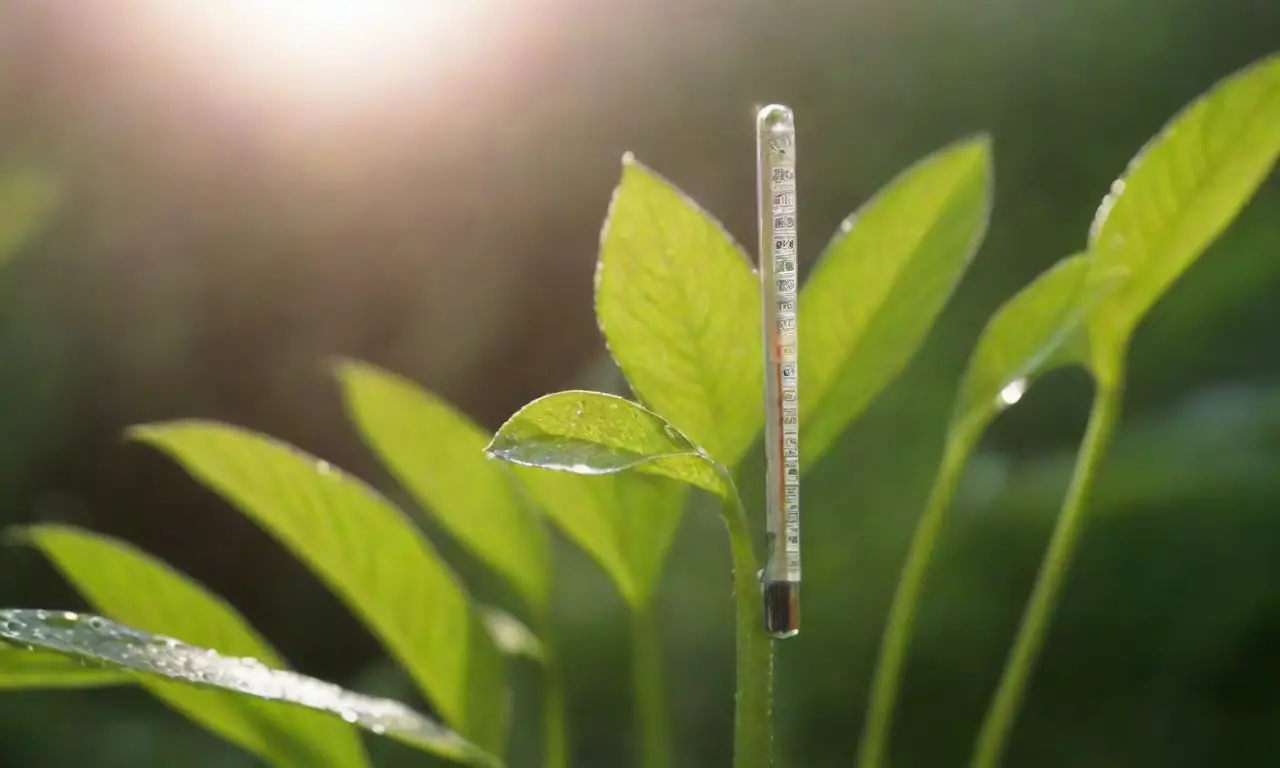
Moisture is another key factor influencing plant health and growth. Adequate water is essential for various physiological processes, including nutrient uptake, photosynthesis, and cellular respiration. However, too much or too little moisture can have detrimental effects on plant growth and overall health.
The Importance of Soil Moisture
Soil moisture levels directly influence the availability of nutrients for plant uptake. When soil is adequately moist, nutrients are dissolved in the water and can be absorbed by plant roots. Overly saturated soil, however, can lead to oxygen deficiency in the root zone, stunting growth or causing root diseases. Conversely, under-watered plants may exhibit signs of stress such as wilting, yellowing leaves, and slowed growth.
Techniques for Moisture Management
Implementing effective moisture management techniques can help maintain ideal soil moisture levels. Techniques such as mulching can assist in retaining soil moisture, regulating temperature, and preventing weed growth. Additionally, using strategies like drip irrigation can deliver consistent moisture directly to the root zone, minimizing water waste. Recognizing the signs of overwatering or underwatering is also crucial; adjusting your watering schedule according to seasonal variations and climatic conditions is vital for plant survival.
 Step-by-Step Instructions for Propagating Succulents in Water
Step-by-Step Instructions for Propagating Succulents in WaterThe Role of Humidity
In addition to soil moisture, ambient humidity also plays a role in plant health. Many plants thrive in a higher humidity range of 50% to 70%. In low-humidity environments, plants may experience water loss through transpiration at a higher rate, leading to stress. Humidity can be managed with tools like humidifiers and by grouping plants together, which creates a microenvironment with increased humidity from their transpiration.
Conclusion
Understanding and managing the critical growth conditions of temperature, light, and moisture is essential for fostering healthy plant growth. Each of these components interacts intricately to create a thriving environment. By maintaining optimal ranges and implementing effective practices tailored to the needs of specific plant species, any gardener or plant enthusiast can ensure their plants are healthy and productive.
Furthermore, achieving success with these conditions involves paying attention to seasonal changes and tailoring your approach accordingly. Emphasizing the importance of monitoring environmental changes will allow you to respond proactively to the evolving needs of your plants.
In summary, whether you are a seasoned expert or a novice looking to cultivate your skills, dedicating time to understanding these key factors can transform your growing experience. As you nurture your plants, remember that a thoughtful approach to temperature, light, and moisture will pave the way for a lush, vibrant garden or thriving indoor jungle. Your plants deserve the best conditions possible, and with diligence and care, you can create the ideal environment for them to flourish.
If you want to read more articles similar to Growth Conditions: Temperature, Light, and Moisture for Success, you can visit the Propagation Methods category.

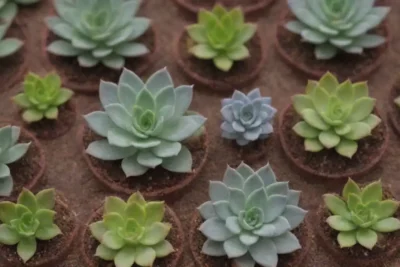
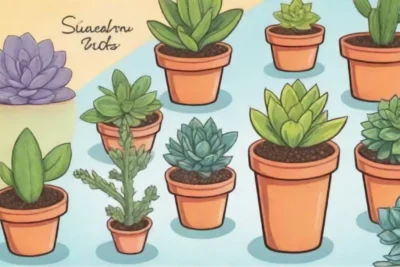
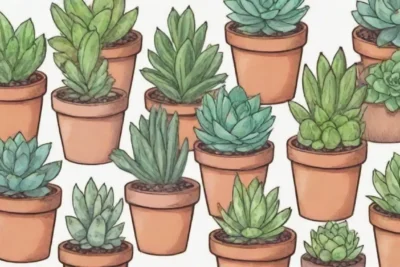
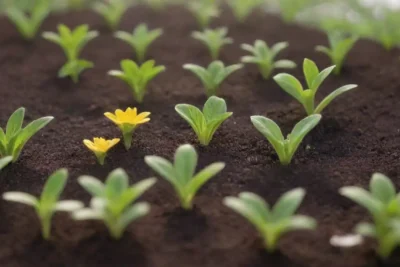
You Must Read